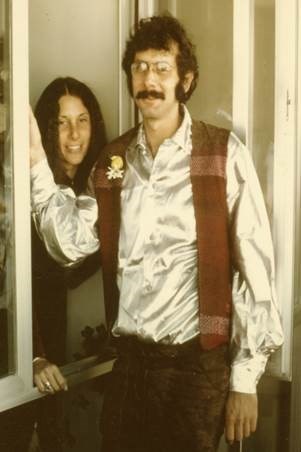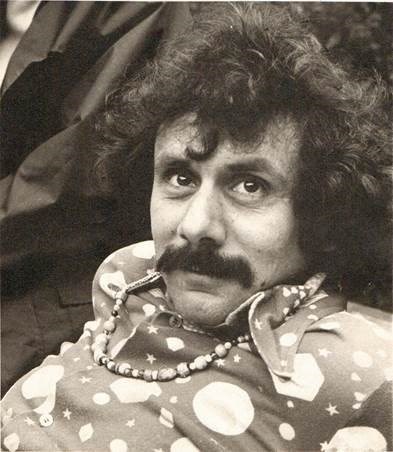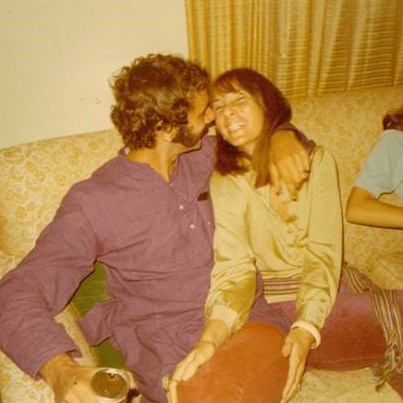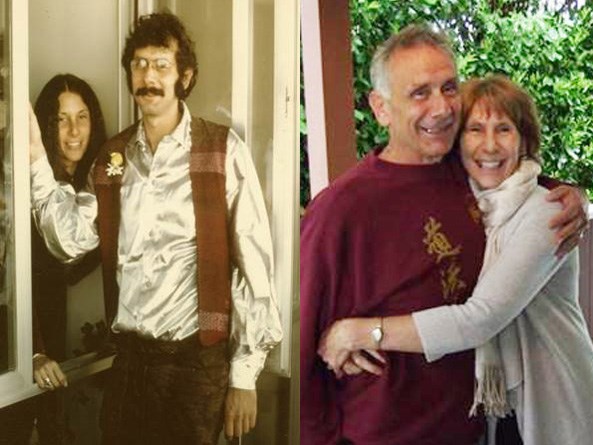āThe brown acid that is circulating around us is not specifically too good. It's suggested that you do stay away from that.āĢżā Chip Monck, MC, Woodstock Music Festival, August 1969.
Fifty years ago this weekend, the Woodstock music festival would forever change popular culture.
It was an event that would not only come to define a generation, but become a zeitgeist touchstone for music festivals ever since.
Peter and Ronnie Uhlmann have lived in a homemade cabin in the forest near Lund, B.C. for the past 47 years. They were very much a part of the hippie movement. Before the disillusioned American couple found the end of the road, they went to Woodstock.
In the late 1960s, Peter, originally from Chicago, had graduated from medical school and had completed his internship and enlisted in the Public Health Service to avoid being drafted to Vietnam.

In the summer of ā69, Peter and Ronnie were in New York visiting Ronnieās parents. Ronnieās younger teenaged sisters saw an ad in the paper for a music festival upstate, something officially billed as āAn Aquarian Exposition: 3 Days of Peace & Music.ā The festival promised live performances by Jimi Hendrix, the Who, the Grateful Dead, Janis Joplin, CCR, and dozens of others on Aug. 15, 16, and 17, 1969.
ĢżāRonnieās sisters were only 14 and 16 or something like that so Ronnieās mom said that they could only go if we chaperoned themā says Peter, who was 28 at the time.āSo thatās how we ended up at Woodstock. Nobody knew it would be anything special.ā
That seems evident by the number of A-listers who passed on Woodstock, including Joni Mitchell, the Byrds, Led Zeppelin and the Doors, many of whom regretted missing it when news spread of what was going down on Max Yasgurās 600-acre dairy farm.
āRonnie, myself, the teenagers, and our two Siberian huskies drove up in our Volvo station wagon,ā recalls Peter. āWe arrived early, and we were lucky we did, because the roads became jammed with hundreds of thousands of people flooding in.ā
ĢżWoodstock was originally intended to draw the upwards of 150,000 fans. More than 400,000 showed up.

āWhat made Woodstock a monumental experience was all the people arriving,ā adds Ronnie. āTickets were sold, but when all those people started showing up, it became a free festival. There was no antagonizing security, they just took down the barriers and let everyone in. It felt like the hippie dream come true.ā
Festival organizers were famously unprepared for the onslaught, and Peter was soon swept up in it.
ĢżāWe were sitting way up from the stage, mostly because of the dogs, when someone behind us had a seizure,ā remembers Peter. āSince I was a doctor, I attended to this person, and took him to the only medical tent we could find, which was being run by two people: a local family doctor and a resident in psychiatry from Iran. Thatās it! They asked me āAre you a doctor? Can you help us?ā They were being inundated, so I joined in.ā
Almost all of their patients were festivalgoers having bad trips, likely from that brown acid Chip Monck warned about from the stage.
āI had done an internship in Oakland and had lots of experience with drug trips,ā explains Peter. āI had also done a lot of imbibing myself, so the family doctor put me in charge of the āBad Trip Tent.ā And so thatās where I spent the rest of Woodstock, talking people down. I never even saw the show.ā
ĢżMeanwhile, Peterās wife Ronnie and her two teenage sisters loved the experience.
āBefore Woodstock, it felt like the hippie dream had died with the deaths of the Kennedy brothers and Martin Luther King,ā says Ronnie. āBut as Woodstock grew, it felt like things could be transformed and get better. It was like a light rising on the horizon.ā

There was literally a light rising on the horizon for many bleary-eyed hippies that weekend, since acts such as the Who and the Paul Butterfield Blues Band performed at sunrise, with the show going on all night long on both Saturday and Sunday nights.
āI remember Arlo Guthrie playing the first night in the pouring rain,ā says Ronnie. āHe could have [been] electrocuted at any moment but he just kept playing. Janis Joplin was also wonderful.ā
Back at the Bad Trip Tent, Peter was under the impression that they could be the only medical centre in the festival, but found out later that there were others, including a crisis unit in another area, ābut it was nowhere near us.ā
About six months after Woodstock, Peter received a letter in the mail.
ĢżāIt was from that family doctor in the medical tent,ā Peter chuckles. āHe thanked me and slipped in a refund for my ticket, which I thought was nice.ā
ĢżLater in ā69, the Uhlmanns moved to Ā鶹“«Ć½Ó³»where Peter studied psychiatry at UBC. By 1972, they settled in the Lund area with friends, where they built the home that they still live in to this day, and where they raised three children. Their daughter, Tai Uhlmann, chronicled her parentsā story, as well as many others in the Lund area, in the 2018 film End of the Road.
ĢżāIāve worked as a physician and psychiatrist for five decades, Iāve studied tai chi for over three decades, and Iāve been married for over 55 years with a great family,ā says Peter.ĢżāAndy Warhol said we get 15 minutes of fame.ĢżMy fame is being at Woodstock by accident!ā
@GrantLawrence
Ģż
Ģż
Ģż
Ģż
Ģż
Ģż
Ģż
Ģż
Ģż
Ģż



